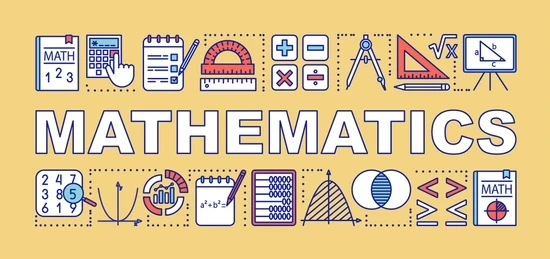
Senior Secondary
Year 10
Year 10 CORE Mathematics develops the numeracy capabilities needed to make informed, efficient decisions in the real world and learn the fundamentals on which further mathematics are built, specifically for year 11 Essential Mathematics and General Mathematics. Learning throughout year 10 CORE Mathematics aims to ensure students: - become confident, creative users of mathematics
- develop an understanding of mathematical concepts and fluency with processes, able to pose and solve problems as well as reason in number and algebra, linear and non-linear relationships, measurement and geometry, and statistics and probability
- students will demonstrate their learning by applying these mathematical concepts in real-life, lifelike and purely mathematical situations.
| - Algebra & Geometry
- Surface Area & Volume
- Linear Relationships & Ration & Scale
- Binomials & Similar Triangles
- Statistics
- Financial Maths & Algebra
- Statistics & Probability
- Algebra, Scale & Probability
|
Year 11 & 12
Essential Mathematics major domains are Number, Data, Location and time, Measurement and Finance.
Essential Mathematics benefits students because they develop skills that go beyond the traditional ideas of numeracy.
Students develop their conceptual understanding when they undertake tasks that require them to connect mathematical concepts, operations and relations. They learn to recognise definitions, rules and facts from everyday mathematics and data, and to calculate using appropriate mathematical processes.
Students interpret and use mathematics to make informed predictions and decisions about personal and financial priorities. This is achieved through an emphasis on estimation, problem- solving and reasoning, which develops students into thinking citizens.
General Mathematics major domains are Number and algebra, measurement and Earth geometry, statistics, networks and matrices, building on the content of the P–10 Australian Curriculum.
General Mathematics is designed for students who want to extend their mathematical skills beyond Year 10 but whose future studies or employment pathways do not require calculus.
Students build on and develop key mathematical ideas, including linear relations, algebra, sequences, the use of matrices and networks to model and solve authentic problems, the use of measurement and trigonometry to find solutions to practical problems, and the exploration of real-world phenomena in statistics.
Students engage in a practical approach that equips learners for their needs as future citizens. They learn to ask appropriate questions, map out pathways, reason about complex solutions, set up models and communicate in different forms. They experience the relevance of mathematics to their daily lives, communities and cultural backgrounds. They develop the ability to understand, analyse and take action regarding social issues in their world.
Mathematical Methods major domains are Algebra, Functions, relations and their graphs, Calculus and Statistics.
Mathematical Methods enables students to see the connections between mathematics and other areas of the curriculum and apply their mathematical skills to real-world problems, becoming critical thinkers, innovators and problem-solvers.
Students learn topics that are developed systematically, with increasing levels of sophistication, complexity and connection, and build on algebra, functions and their graphs, and probability from the P–10 Australian Curriculum.
Calculus is essential for developing an understanding of the physical world. The domain Statistics is used to describe and analyse phenomena involving uncertainty and variation. Both are the basis for developing effective models of the world and solving complex and abstract mathematical problems.
Students develop the ability to translate written, numerical, algebraic, symbolic and graphical information from one representation to another. They make complex use of factual knowledge to successfully formulate, represent and solve mathematical problems